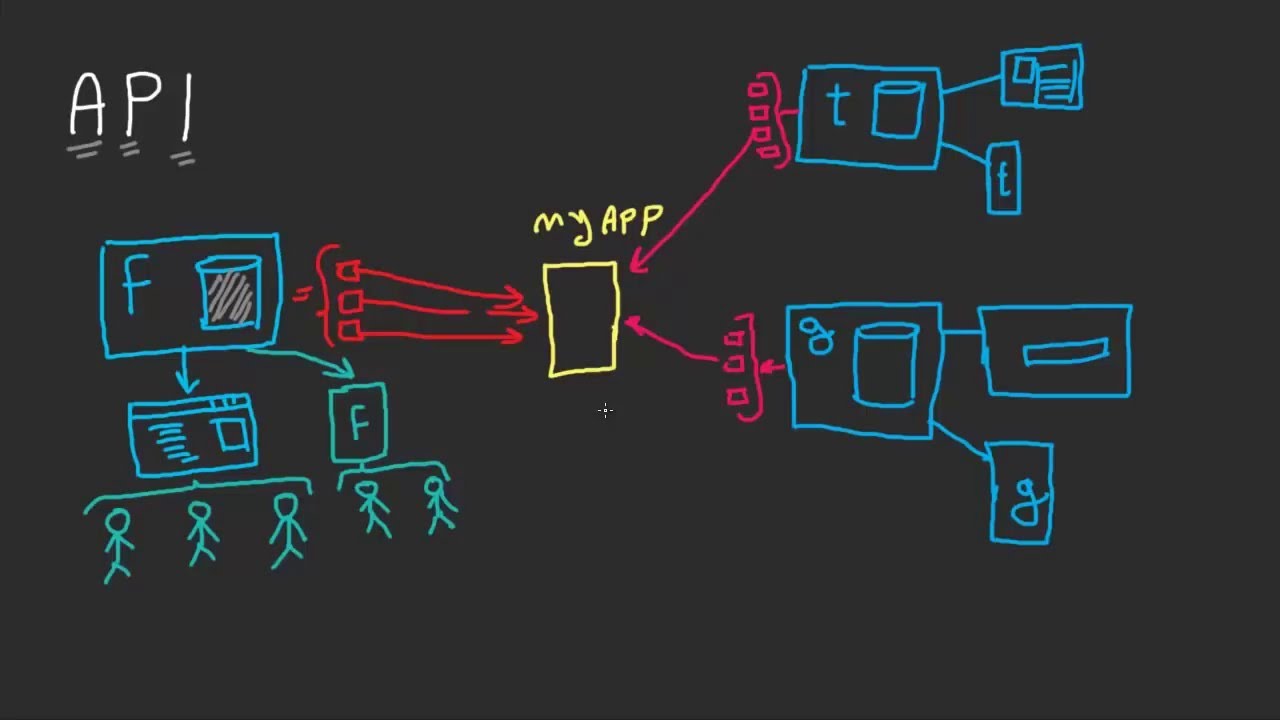As applications become more interconnected, API-first development has emerged as a critical approach. Unlike traditional methods where APIs are an afterthought, this approach prioritizes building the API before the application itself. This ensures that the API is robust, reusable, and capable of serving multiple platforms such as web, mobile, and IoT devices.
One major advantage of API-first development is team independence. Front-end and back-end teams can work in parallel, reducing development time. It also promotes better scalability, as APIs built with this approach are designed to handle future needs and integrations.
Adopting API-first development aligns with modern trends like microservices and serverless architectures. By focusing on delivering a well-documented and consistent API, developers can create applications that are not only efficient but also ready to meet the demands of an ever-changing technological landscape.
Moreover, API-first strategies often result in better user experiences. With a solid API in place, developers can easily integrate third-party services and features, enhancing the overall functionality of the application. This approach ensures that applications are future-proof and capable of adapting to new challenges.
In today’s digital ecosystem, where connectivity is key, API-first development is not just a trend but a necessity. It empowers developers to build scalable, versatile, and innovative solutions that meet the demands of modern users.


